Longwe Solwarer Bilong Niugini (Tok Pisin)
What happens when you mix towering mountains, remote coral reefs, sunken volcano craters and a uniquely diverse fauna assemblage not seen anywhere else on earth?
You get Papua New Guinea.
I am struggling to find the words to do this country justice. Wild is one of the first that comes to mind. Until recently, PNG’s contact with the outside world has been limited. A land of towering terrain, dense jungle and a labyrinth of islands, PNG compares to no-where else on earth.
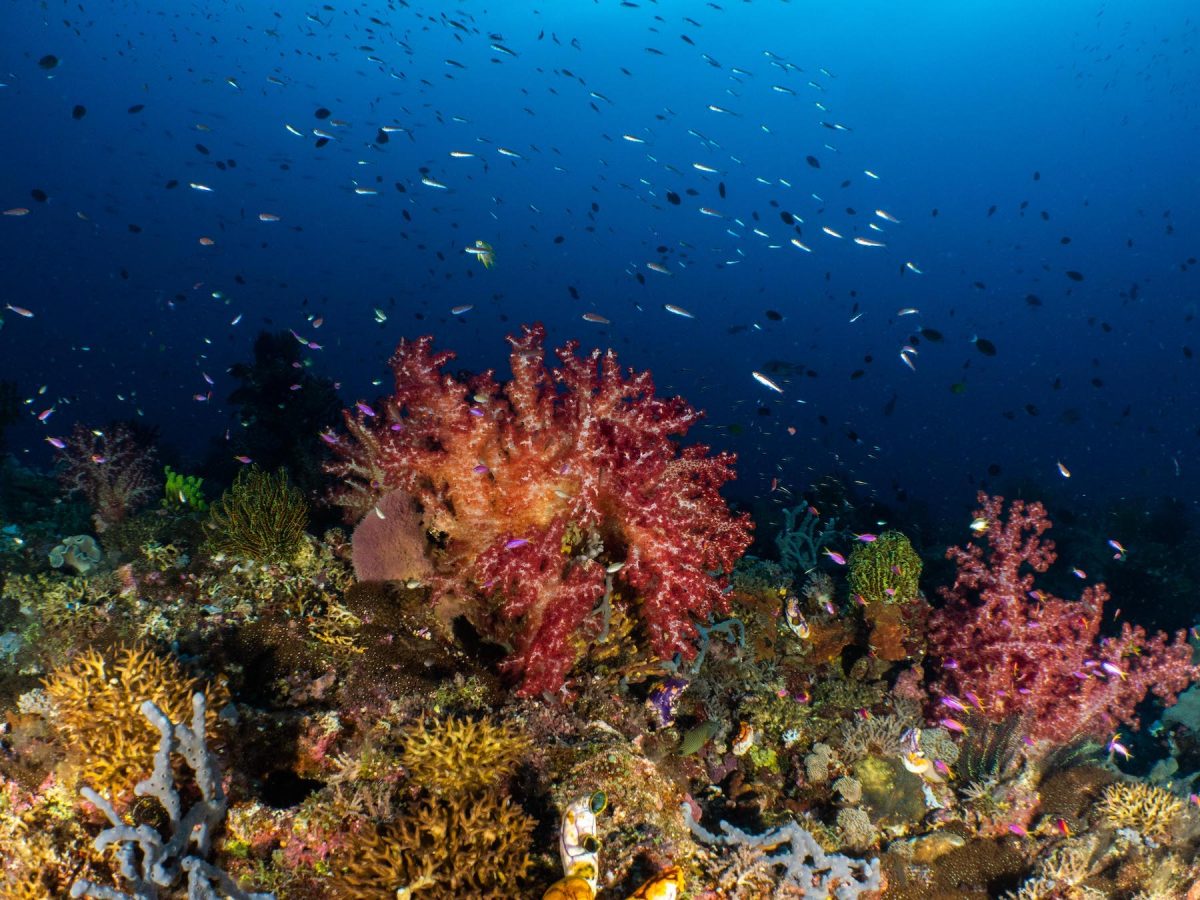
Photo: Joanna Smart
PNG is a diverse place, both ecologically and culturally. There are over 850 known languages, only 18% of people live in urban centres and many regions remain seldom visited by westerners.
It is also a place with a tumultuous history. Having been ruled by a number of changing external powers, the country gained independence in 1975. To this day, one of the main challenges of New Guinea is governing hundreds of diverse and isolated communities.
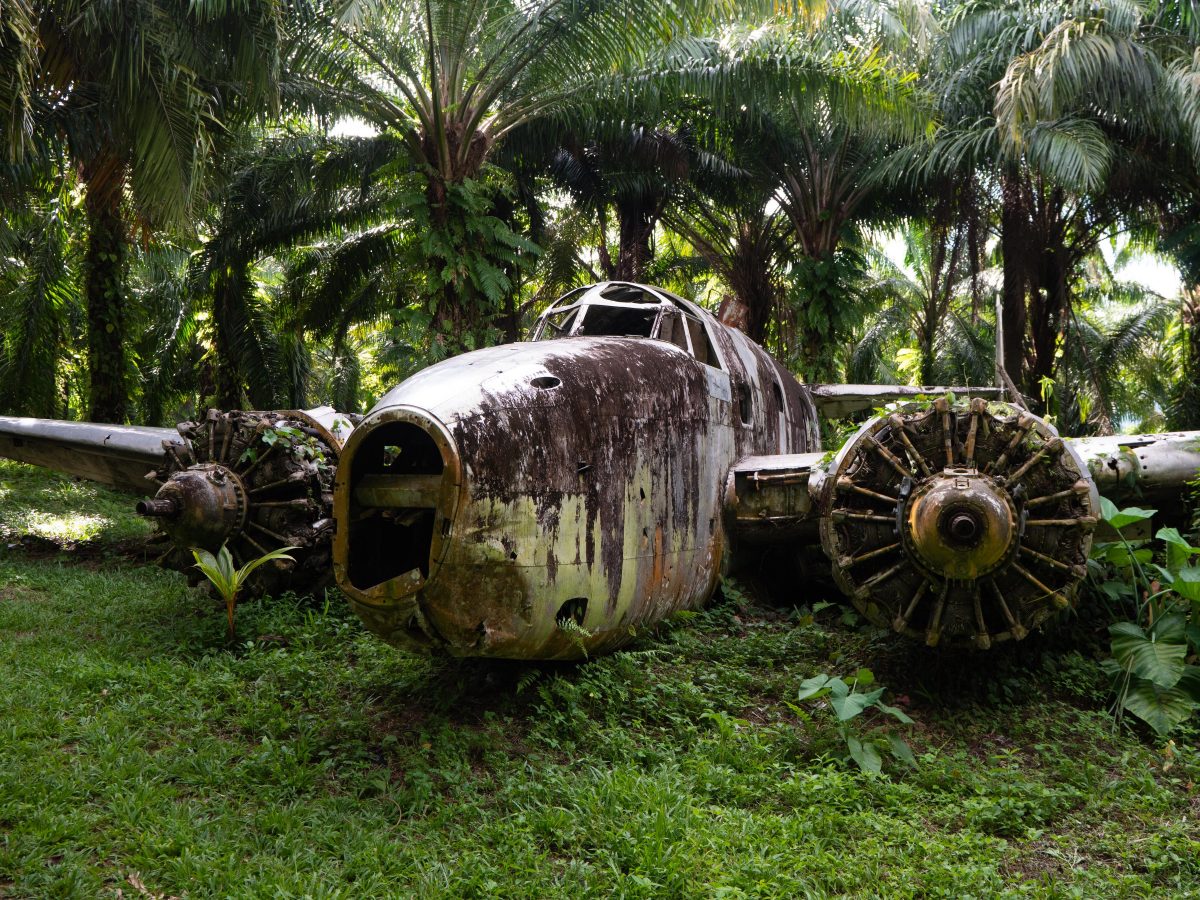
Photo: Joanna Smart
Consequently, PNG had been on my must-visit list for a long time. So, presented with the opportunity to visit, I was incredibly excited.
I traveled to Kimbe Bay in the West New Britain Province and boarded the new liveaboard, MV Oceania, with the Australasian Vice President, Jayne Jenkins. Our journey was to take us to some of the most remote and untouched parts of PNG and resulted in some of the most spectacular diving I have ever experienced
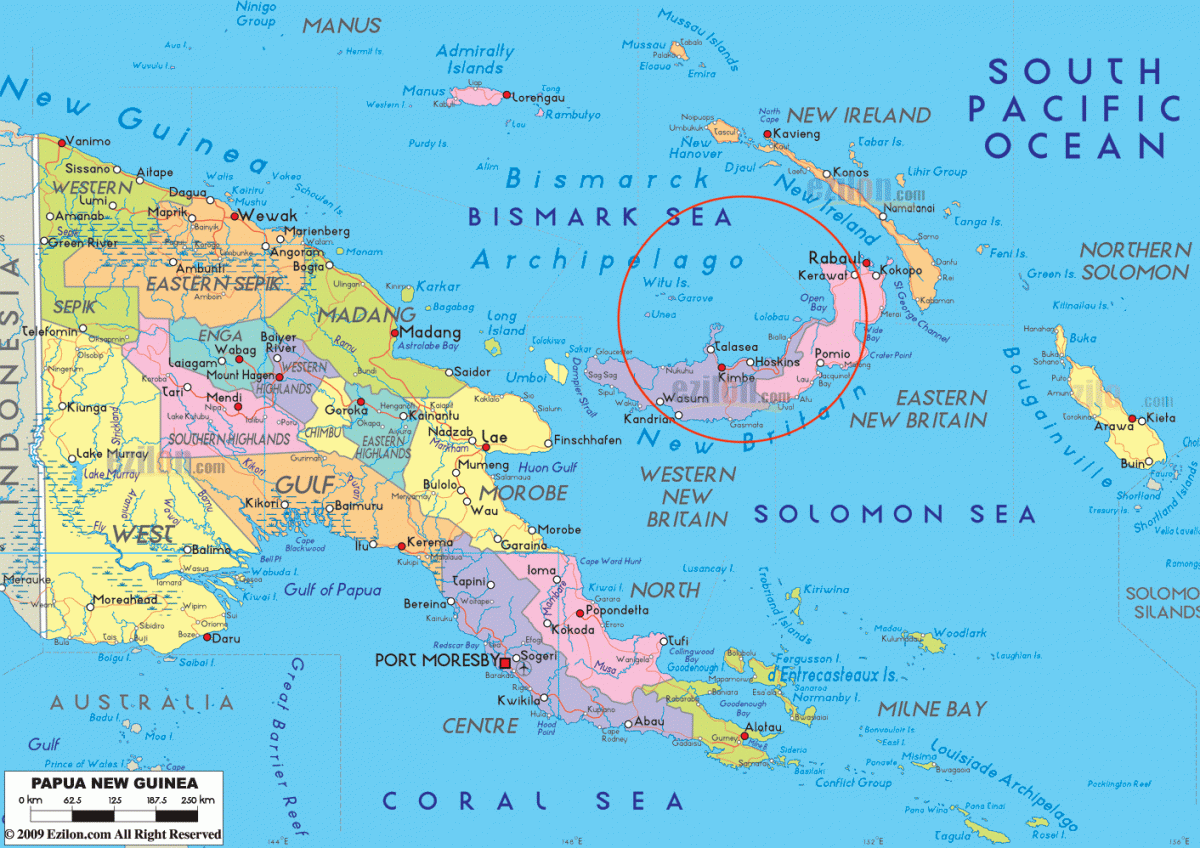
Over 10 days, we undertook 27 dives at 20 different sites. We traveled first to the Witu Islands, then to Father’s reef before heading back into Kimbe Bay. Over 60 percent of coral species in the indo-pacific region can be found here and the marine life was incredible. I found myself constantly surrounded by schooling barracuda, jacks and trevally. I was also incredibly excited to see my first tuna underwater!
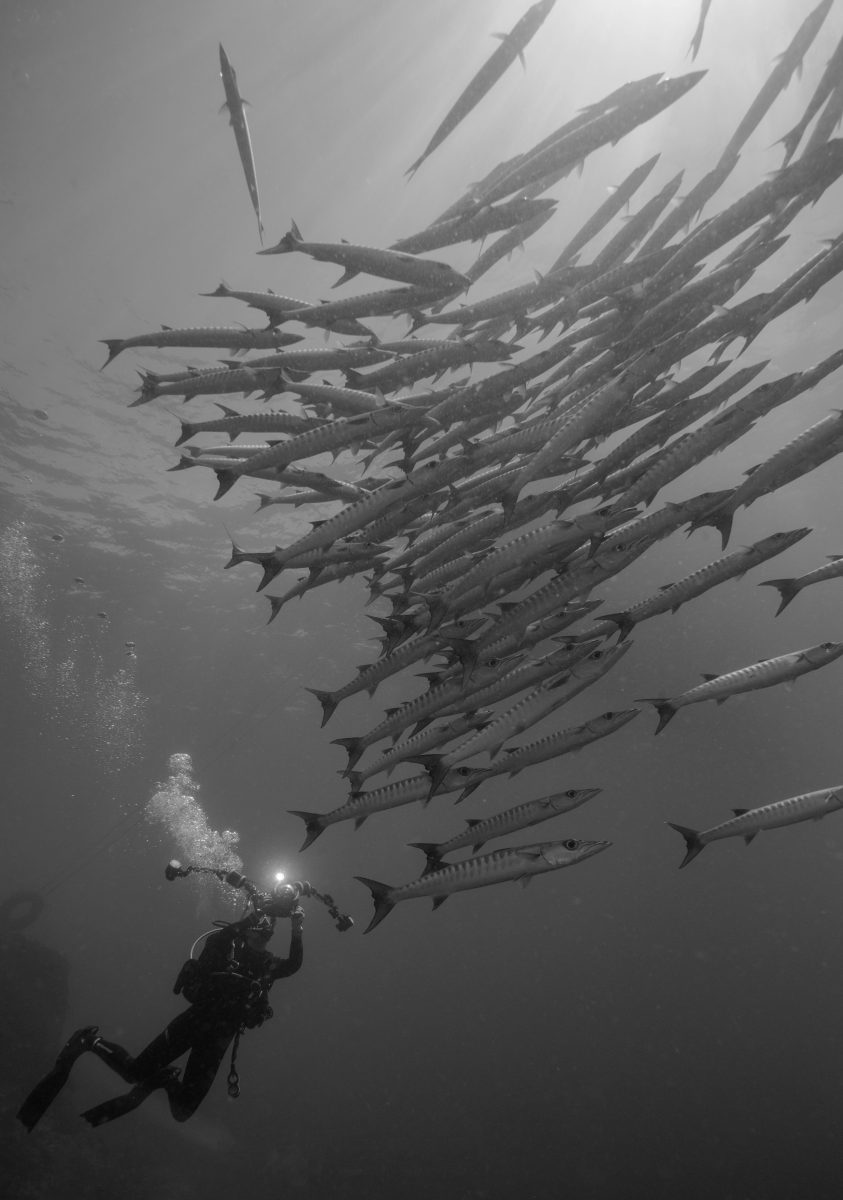
Photo: Jayne Jenkins
Whilst on the trip, Jayne helped me expand my underwater photography skills. I gained experience in wide-angle photography, had my first go at macro and also got to take photos a night. The camera setup from Reef Photo and Video and Light and Motion were fantastic, and I really enjoyed experimenting with a broader range of photography styles than I had previously attempted.
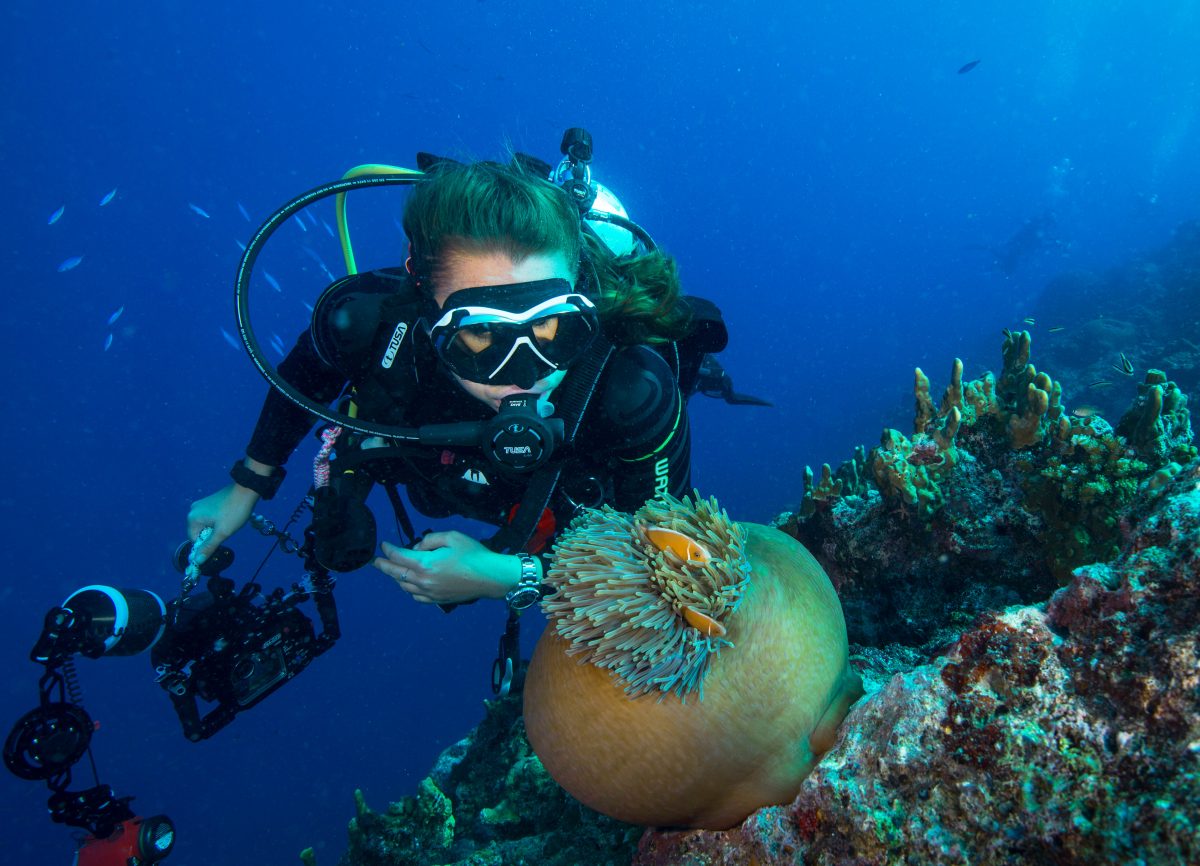
Photo: Jayne Jenkins
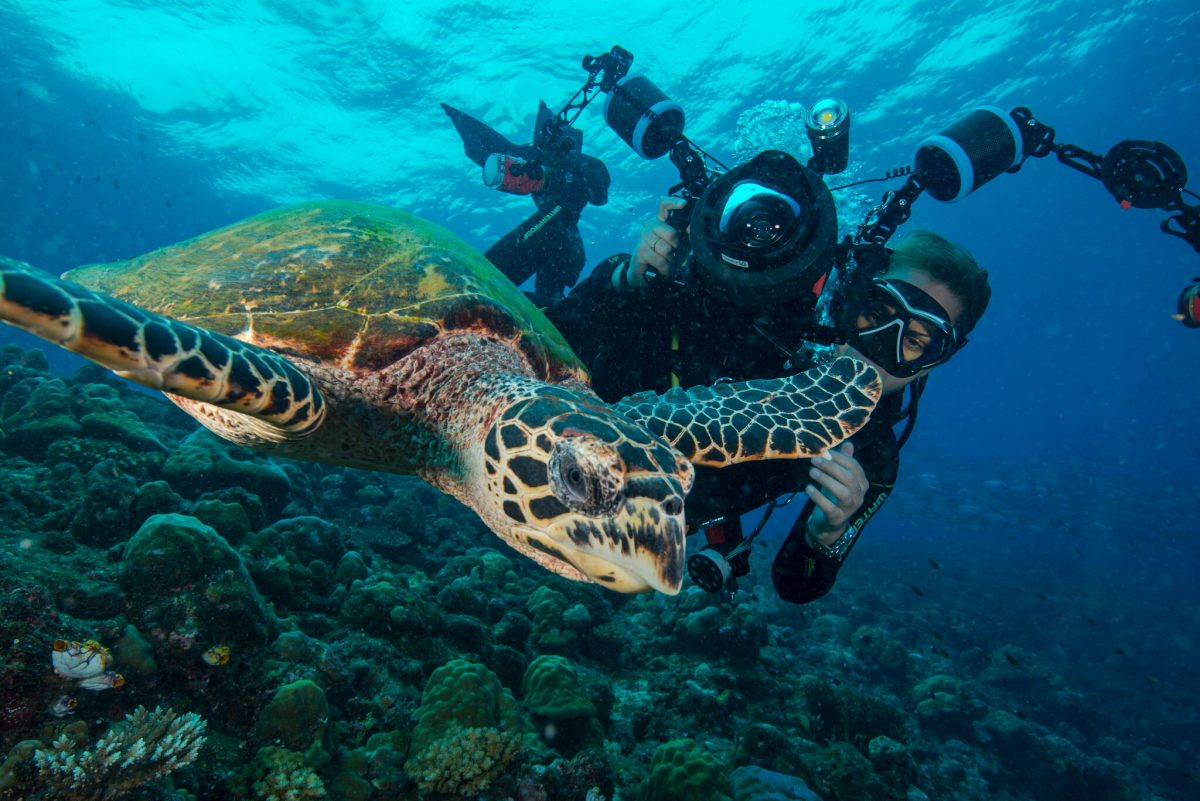
Photo: Jayne Jenkins
This was my first ever trip on a liveaboard and I enjoyed the opportunity to live and breathe scuba diving. I learned so much from the staff about what it takes to run a successful liveaboard dive operation.
Some of the highlights were diving in a sunken volcano crater, on seamounts rising up from 600m and photographing friendly turtles (which were sometimes a bit too friendly!).
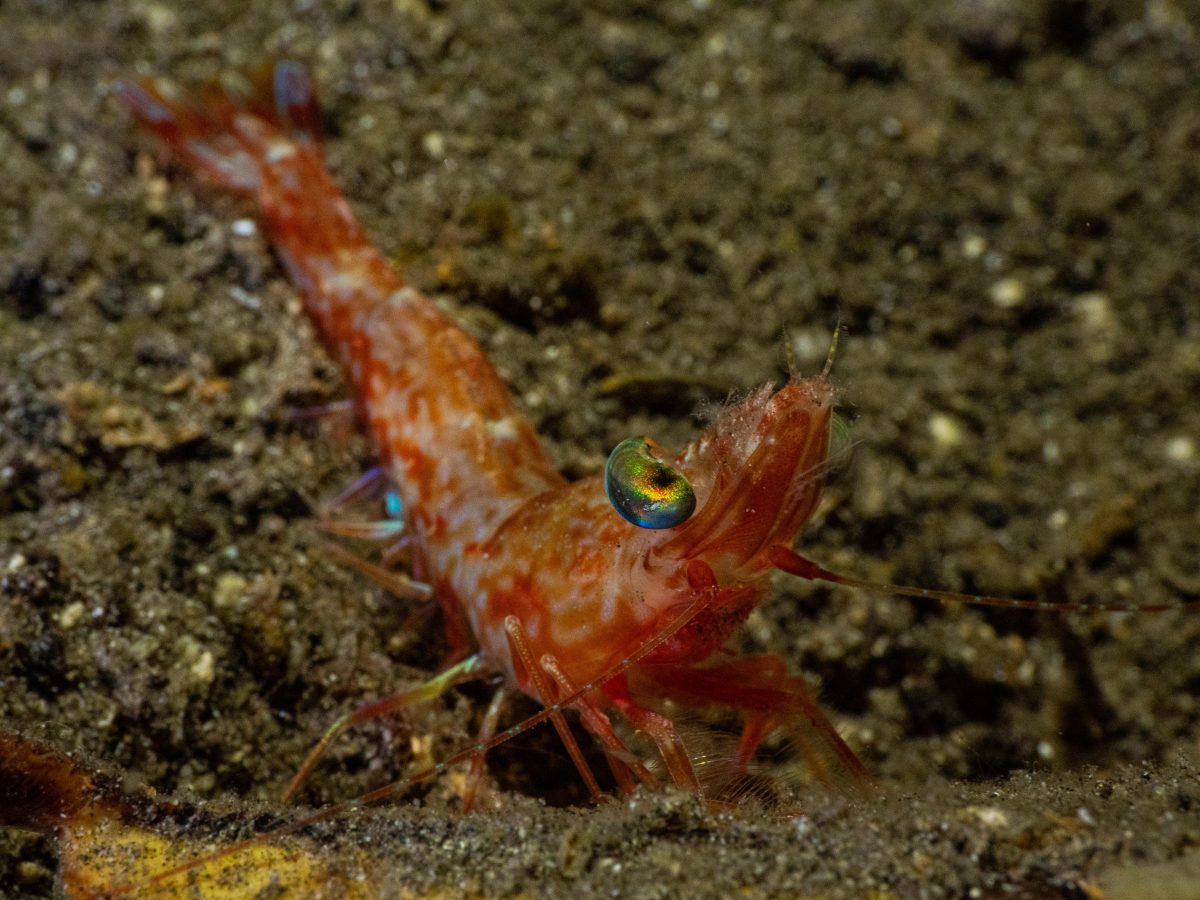
Photo: Joanna Smart
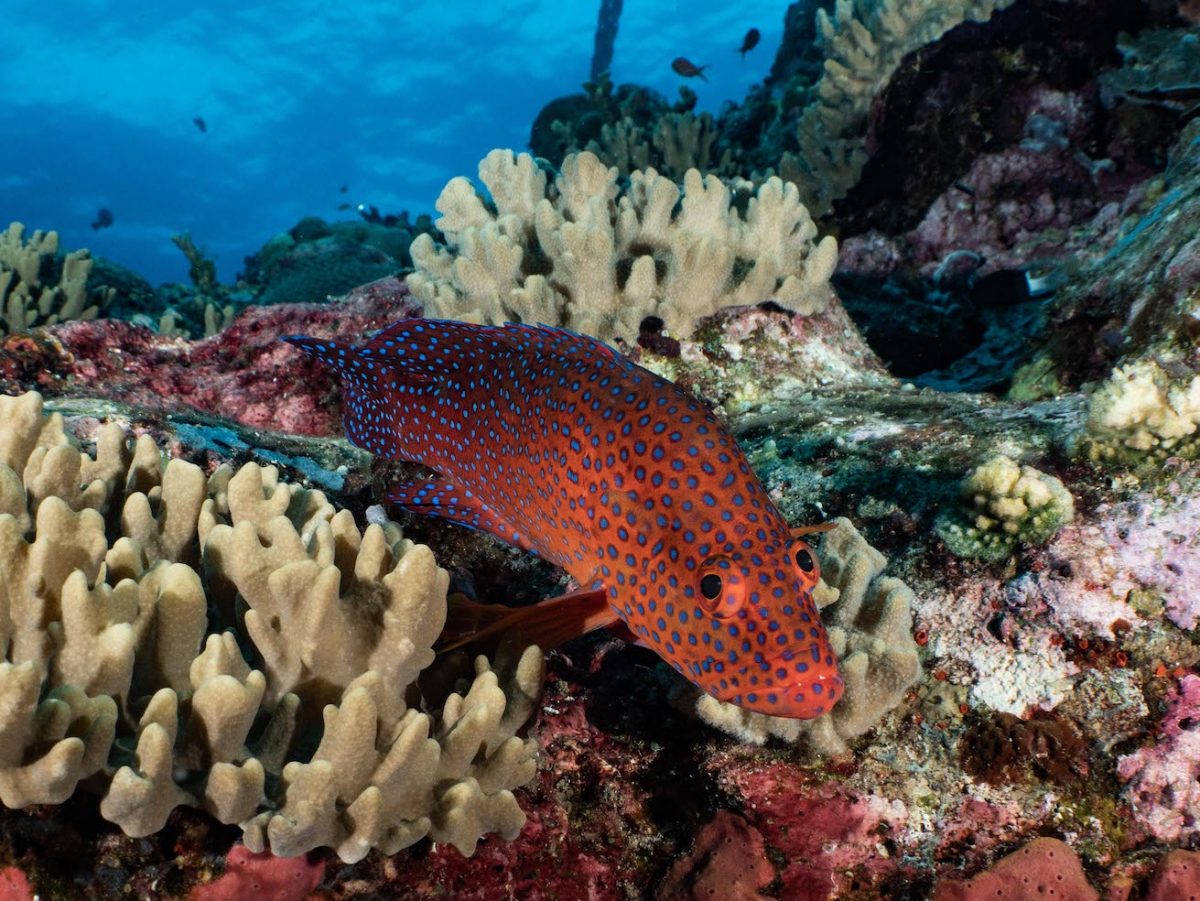
Photo: Joanna Smart

Photo: Joanna Smart
On this trip, I was also given a rude awakening as to why one should not touch the reef. After accidentally brushing my hand over coral, I learned the hard way that fire coral is not what I thought it was. Another resultant sting from mistakenly putting my wrist into stinging hydroids took several days to disappear. These experiences provided a good lesson in buoyancy control and spatial awareness!
At the conclusion of the liveaboard trip, I was hosted by the wonderful Max and Cecilie Benjamin of Walindi Plantation Resort. Max and Cecilie have been showing visitors the best of Kimbe Bay for over 30 years.
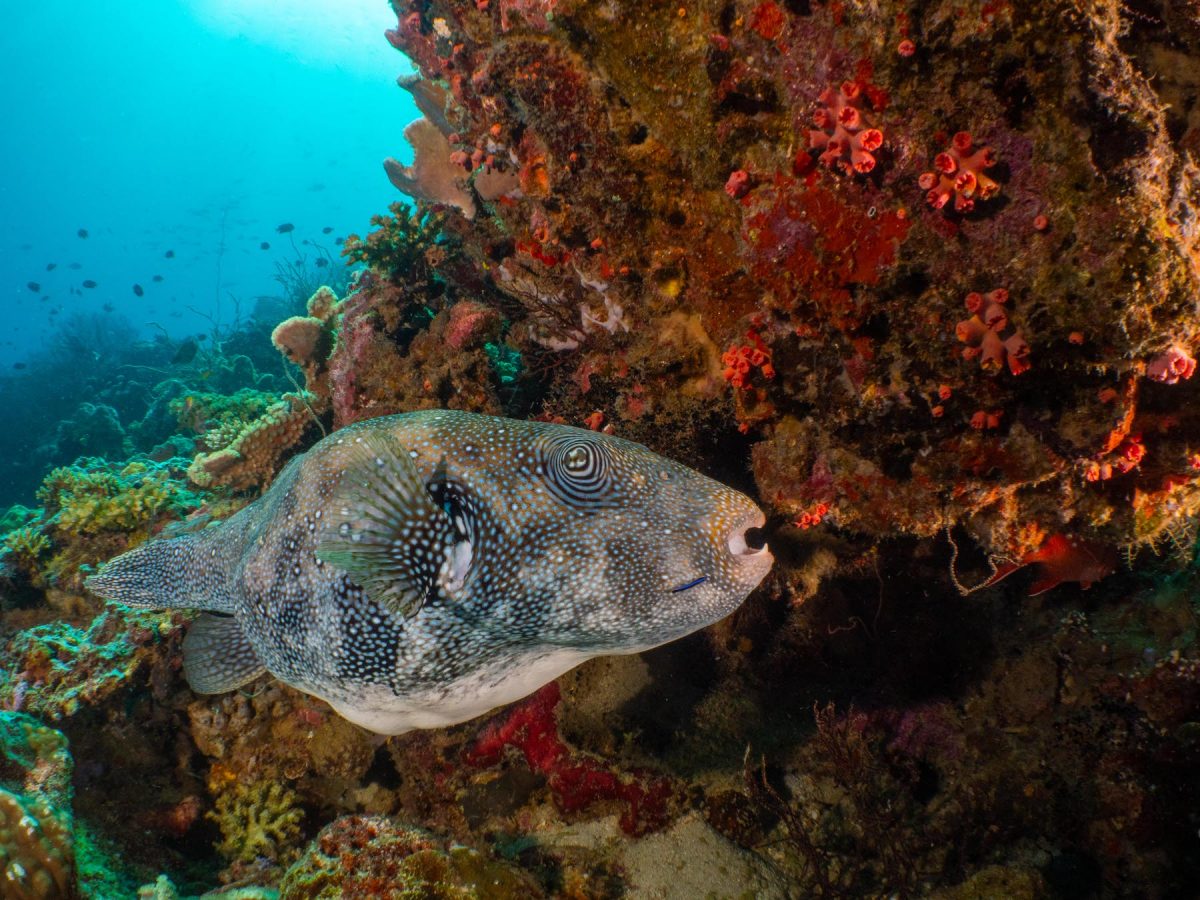
Photo: Joanna Smart
In addition to the resort, Max and Cecilie founded Mahonia Na Dari, a reef education and conservation centre. Mahonia started in 1997, through co-operative effort between The Nature Conservancy, the European Union Islands Regional Environmental Program, and Walindi Plantation Resort and continues to offer hands-on reef education to local school children, as well as facilities for visiting scientists.
Since Mahonia started, it’s programmes have reached more than 150,000 students and teachers, local communities and other organizations who are interested in marine education.
I was able to join in on a year nine class who were coming to the end of their reef education programme. The students gave a talk on different marine animals. It was great to see the creativity and engagements of the students with the marine environment.
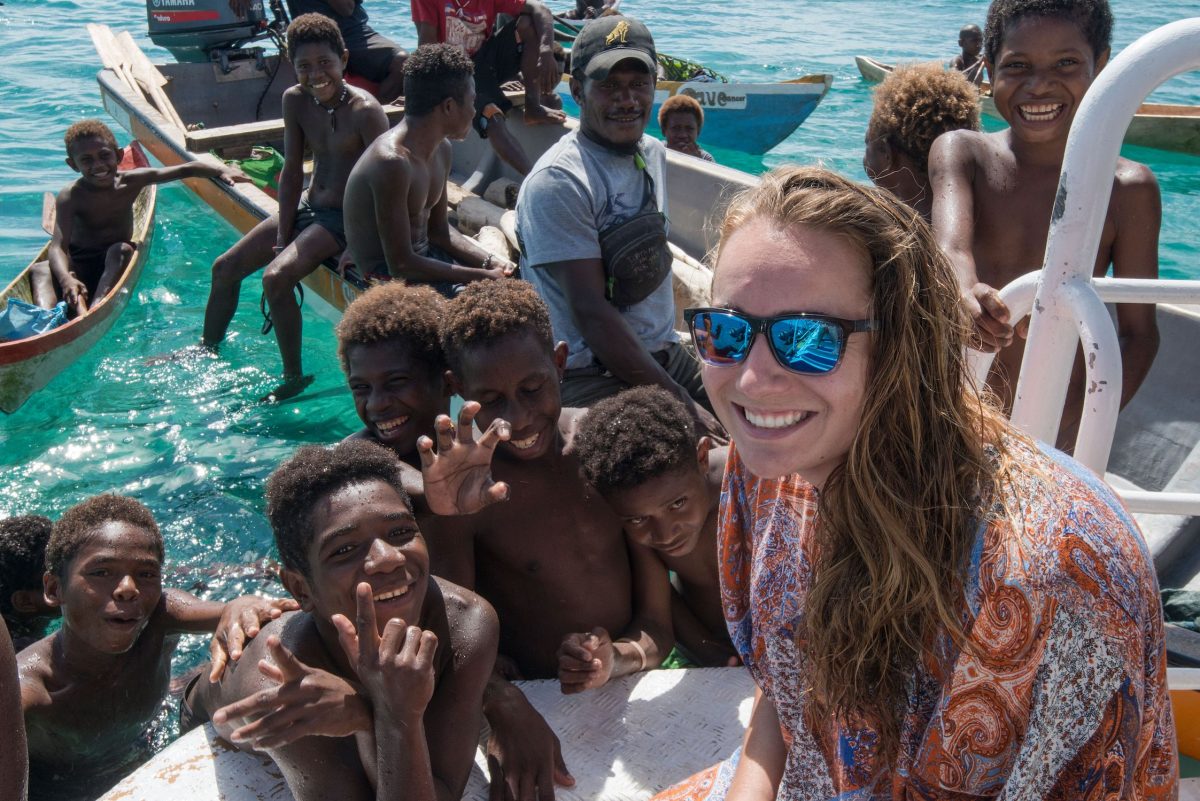
Photo: Jayne Jenkins
I would like to thank MV Oceania and Walindi Plantation resort for hosting me during my time in Papua New Guinea. I would also like to thank the crew of MV Oceania for their incredible hospitality during my stay. Thanks to TUSA, Waterproof and Mako eyewear for their continued support and to Rolex and the Our World Underwater Scholarship Society for making this amazing experience possible.
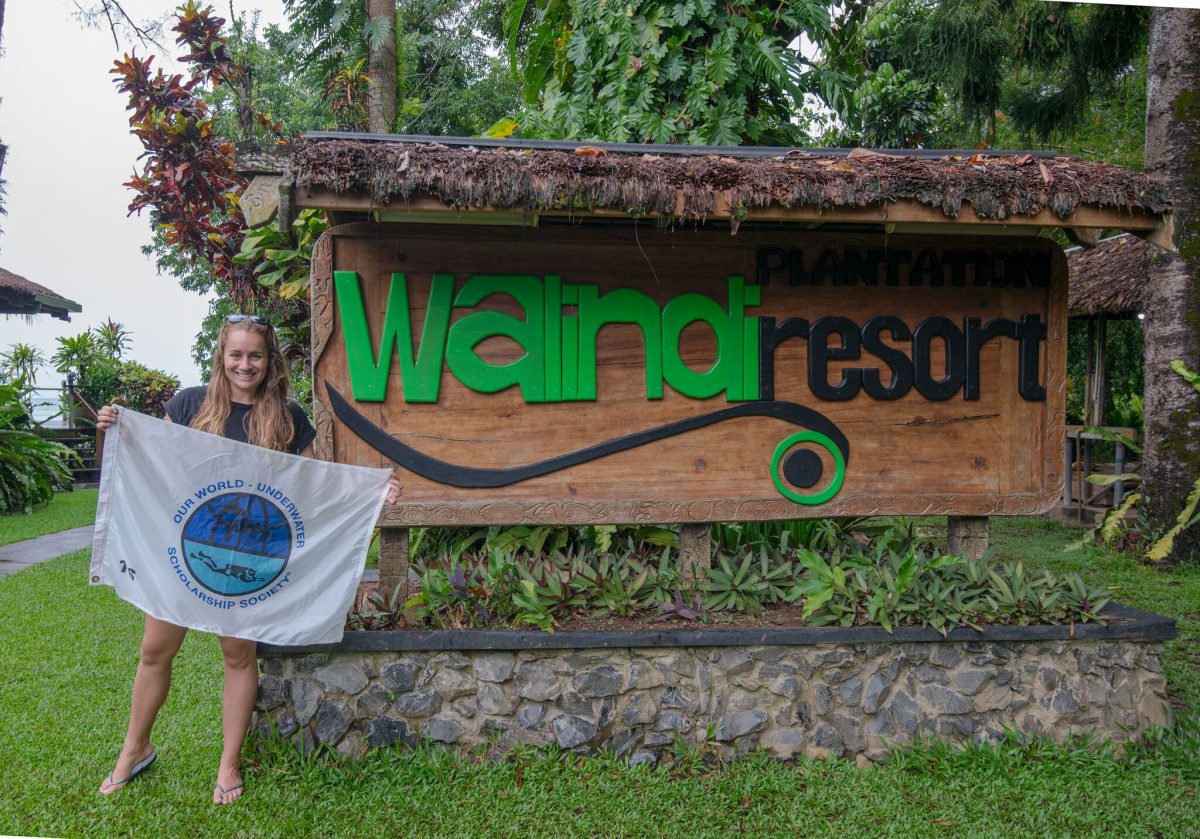
Photo: Jayne Jenkins